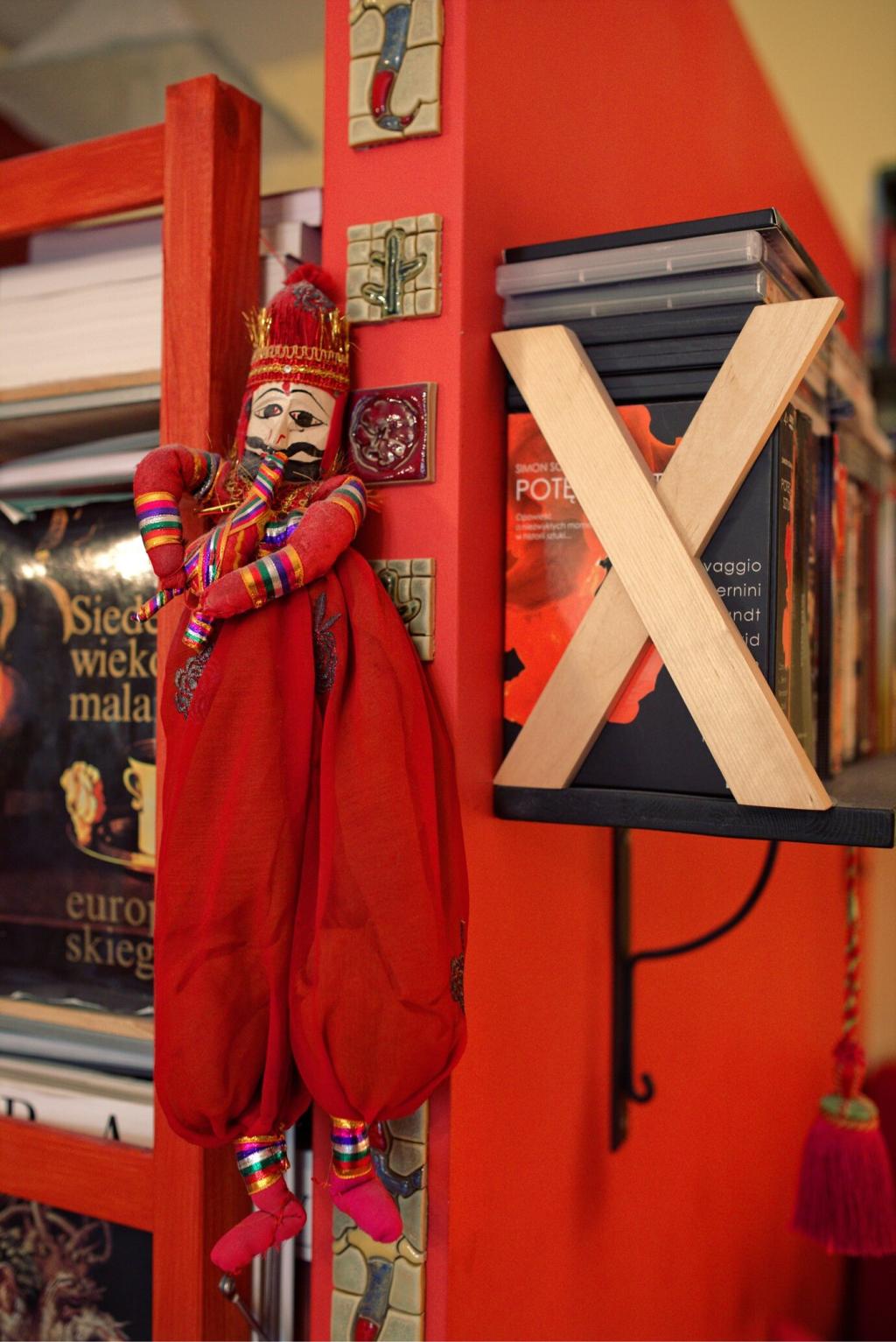Exploring Cultural Traditions Through Literature in English
Literature serves as a vibrant mirror reflecting the multitude of cultural traditions that shape society. Through the English language, writers from diverse backgrounds have conveyed the rituals, values, and stories inherent to their cultures. By engaging with these texts, readers unlock new perspectives, deepen cross-cultural understanding, and explore the interconnectedness of humanity. This page delves into the ways in which studying literature in English offers a gateway to experiencing and appreciating a tapestry of world traditions.
The Role of Literature in Preserving Cultural Heritage
Oral Traditions Transformed in Print
Oral storytelling forms the foundation of many cultural traditions. When these tales are translated into English, they move from the ephemeral to the enduring, allowing a broader audience to access folklore once confined to specific communities. The transition from oral to written forms can also pose challenges, as certain nuances may be lost or transformed, but the process preserves essential narratives. Through literature, these stories are anchored in history, ensuring that even as cultures evolve, their foundational myths and legends endure. This transformation has allowed indigenous stories from Africa, Asia, and the Americas to resonate worldwide, inviting new interpretations and appreciation.
Written Records as Time Capsules
Literature in English serves as a time capsule, preserving the customs, rituals, and daily lives of cultures across eras. Classic novels, poems, and plays often encapsulate the specificities of their period, whether it be Victorian Britain or postcolonial India. Such works allow contemporary readers to traverse time and understand how traditional values were interpreted or challenged in their original contexts. The intricacy of cultural details captured in literature fosters empathy, as readers connect with characters navigating societal expectations, celebrating festivals, or upholding family practices.
Translation as Cultural Bridge
Translating literary works into English serves as a vital conduit for cross-cultural exchange. While challenges arise in rendering idioms, humor, and symbolism, skilled translators bridge the gap between disparate traditions. Through translation, global readers gain access to the wisdom of Confucian classics, the passion of Latin American magical realism, or the wit of Russian satire, all preserved without losing their unique essence. This process enhances mutual understanding by allowing English-speaking audiences to appreciate the richness and diversity embedded in world literature.
Folklore and Mythology: Universal and Unique
World mythology often features recurring archetypes such as the hero, trickster, or wise elder. When these time-honored figures appear in English literature, they reflect both the universality and the unique interpretation of each culture. Joseph Campbell’s concept of the “monomyth” emerges in English retellings from Greek, African, and Native American myths, providing insight into shared human aspirations and dilemmas. The enduring presence of these archetypes in literature fosters a deeper bond across humanity, highlighting how storytelling transcends boundaries.

Rituals and Celebrations Depicted in Stories
Literary works often revolve around key life events such as birth, marriage, coming-of-age, and death, each embedded within distinct cultural rituals. English-language novels like Chinua Achebe’s “Things Fall Apart” or Khaled Hosseini’s “A Thousand Splendid Suns” explore how characters are shaped and challenged by these ceremonies. Through vivid prose and dialogue, readers gather intricate insights into the societal expectations, symbols, and emotions that attend these milestones. The universal journey through life’s stages thus becomes a tapestry enriched by the colors of various cultures.


Negotiating Cultural Identity
Literary characters frequently grapple with the challenge of balancing inherited traditions and contemporary influences. In works like Jhumpa Lahiri’s “The Namesake” or Zadie Smith’s “White Teeth,” protagonists navigate family expectations, language barriers, and shifting notions of self. These nuanced explorations reveal the difficulties and rewards of honoring one’s roots while embracing new identities. Through these narratives, readers witness the complexity of multicultural existence and the resilience required to forge a sense of self that integrates both old and new worlds.

The Language of Home and Exile
Language is a potent marker of identity, especially in literature that addresses themes of exile and migration. Authors such as Salman Rushdie or Chimamanda Ngozi Adichie employ English to voice their characters’ longing for home, redefining the boundaries of tradition through immigrant experiences. The interplay of mother tongue and adopted language reflects broader struggles of adaptation, nostalgia, and loss. Through masterful storytelling, these works underscore the ways language both connects and divides, serving as a bridge and a barrier on the journey toward belonging.

Diasporic Communities and Hybrid Traditions
English literature by and about diaspora communities offers a window into the creation of hybrid traditions. In new homelands, cultural practices are reshaped through encounters with local customs and values. Writers explore how rituals are adapted, festivals merged, and folklore reinterpreted, resulting in vibrant, evolving identities. Through these stories, readers appreciate the role of literature as an archive of evolving tradition, chronicling how cultures transform as they travel and settle across the globe.
Literature as a Catalyst for Cultural Dialogue
Writers use literature to subvert stereotypes and question cultural assumptions. Through nuanced characterization and storytelling, literature presents multiple viewpoints, often contradicting simplistic or prejudiced interpretations of cultural practices. For example, works exploring the lives of Muslim women, indigenous communities, or marginalized minorities often dismantle one-dimensional narratives by offering layered personal stories. Such engagement prompts readers to question their own biases and approach cultural differences with empathy and open-mindedness.


Preserving Female-Centric Traditions
Many literary works highlight traditions passed down through women—stories, songs, rituals, and crafts that shape familial and communal identity. Authors such as Alice Walker or Toni Morrison pay homage to matrilineal heritage, documenting the wisdom imparted by mothers and grandmothers. This preservation of women’s cultural contributions counters historical erasure, ensuring that female voices remain vibrant within collective memory. Literature thus becomes a vessel for both honoring and archiving the experiences of women across generations.
Literature as a Tool for Resistance
Literature provides a powerful platform for women to critique and resist oppressive practices embedded in tradition. Authors like Chimamanda Ngozi Adichie and Arundhati Roy use fiction and nonfiction alike to question patriarchy, gendered rituals, and entrenched inequalities. Through compelling narratives, their works galvanize readers to rethink the boundaries of tradition, championing autonomy, and justice. This resistance both enriches the tradition itself and signals pathways for cultural and social evolution.
Reinventing Tradition in Contemporary Narratives
Contemporary women writers continue to reinvent tradition by blending past and present, local and global influences. They explore how women negotiate autonomy within their cultural settings, reimagining roles and rituals in creative, often subversive ways. Their stories challenge readers to reconsider what it means to uphold or change tradition, demonstrating that culture is not static but continually reinterpreted. The result is a dynamic literary landscape in which women actively shape the future of their societies.
The Impact of Migration and Globalization on Tradition in Literature
Crossing Borders, Blending Cultures
As people move across geographical and cultural boundaries, they bring traditions into new contexts. English literature captures this process, illustrating both the challenges and the creativity that arise when cultures intersect. Writers like Junot Díaz or Monica Ali depict characters forging new traditions in diaspora, continually adapting to their changing environments. The resulting literature is rich with hybrid identities and evolving customs, demonstrating the resilience and adaptability of culture amidst migration.


The Influence of Technology and Media
The digital age and mass media have transformed the way traditions are experienced and represented. English-language literature increasingly explores themes such as virtual communities, the globalization of festivals, and the negotiation of identity in an online world. Stories depicting characters who engage with globalized culture highlight both opportunities and tensions—old rituals revived via social media, new forms of storytelling, and the search for authenticity in a rapidly changing world. Through these narratives, readers reflect on what is gained and lost as traditions traverse time and space.
